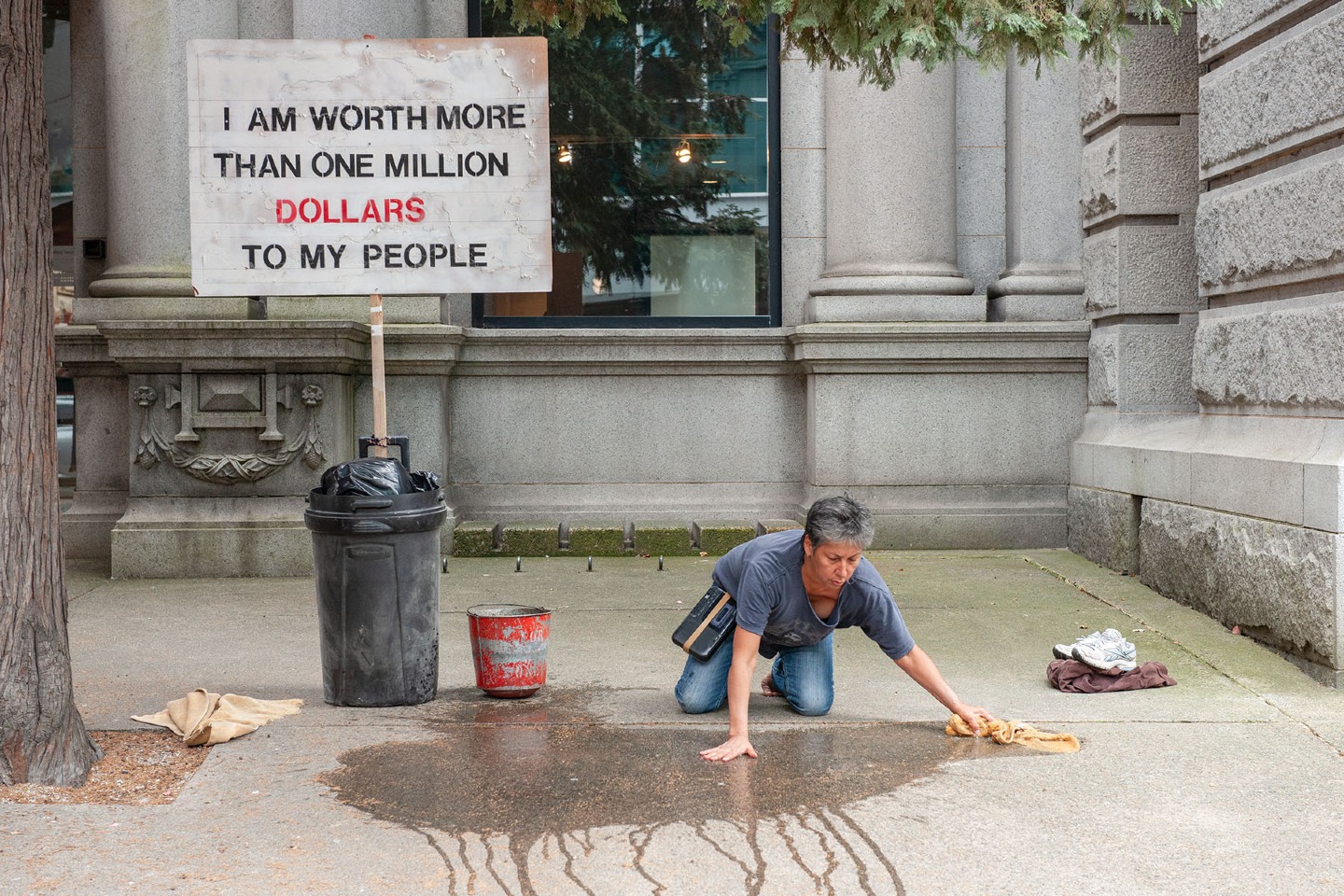Lecture by Asato Ikeda, PhD Candidate, AHVA
Japanese Art @ UBC
This talk examines visual representations of the Kamikaze Special Attack Forces in Japan during the Fifteen-Year War (1931-1945). The corporeal practices surrounding the Kamikaze, a group of male soldiers who “body-rammed” into enemy targets, exemplify what Klaus Theweleit has defined as one of the characteristics of fascism, that is, the male subject’s identification of his body as a weapon. Although the unity between body and machine was alluded to textually in the mass media, it was rarely visualized in War Campaign Record Paintings, or propaganda paintings that were officially commissioned by the state. In this talk, I suggest that visual representations of dying attackers most often drew on traditional Japanese aesthetics, such as symbols of eagles and fallen cherry blossoms. In so doing, this talk ultimately considers a different visual manifestation of fascism in Japan.
Co-Sponsored by the Department of Asian Studies and the Department of Art History, Visual Art & Theory

